A revolution in order to work needs some fundamental ingredients: a charismatic leader, an important message and a retinue of people convinced of what they do/say. “Fashion Revolution ” has all the above and more: Founded by Orsola de Castro and Carry Somers in 2013, in just a few years this movement has been able to divulge its message of safeguarding the fashion industry’s workers, with the purpose of making this industry more sustainable, a project valid for the entire value chain, not only for the brands, but also for the consumers; the latter should wonder more about “who” produces their dresses. Today “Fashion Revolution” is an active reality in 92 countries, and every day new people join the revolution, also in creative ways, all in support of this message. A lot of changes have already been made but there is still a long way to go.
[youtube https://www.youtube.com/watch?v=ksG6fM-aUJs?rel=0]
During our stay in London, we had the pleasure to meet and interview Orsola de Castro, who, in a simple and realistic way, explained to us what Fashion Revolution truly is: the project was born as consequence of the tragedy that happened on 24th April 2013 in Bangladesh, where the plant of Rana Plaza in Dhaka collapsed, killing 1134 people and hurting 2500 more. A terrible loss that was both foreseeable and avoidable and that was it, something had to change, tragedy like this shall never happen again. Orsola received a phone call (while she was on the bus) from Carry Somers, with who she had already collaborated, that invited her to react to this tragedy, an invitation that Orsola accepted immediately with enthusiasm. She told us that having London as the operative center is a very important thing, because here they can count on a great number of collaborators really interested in sustainability, thanks to whom they have managed to spread their ideas in 92 countries, with the final goal of involving all the world.
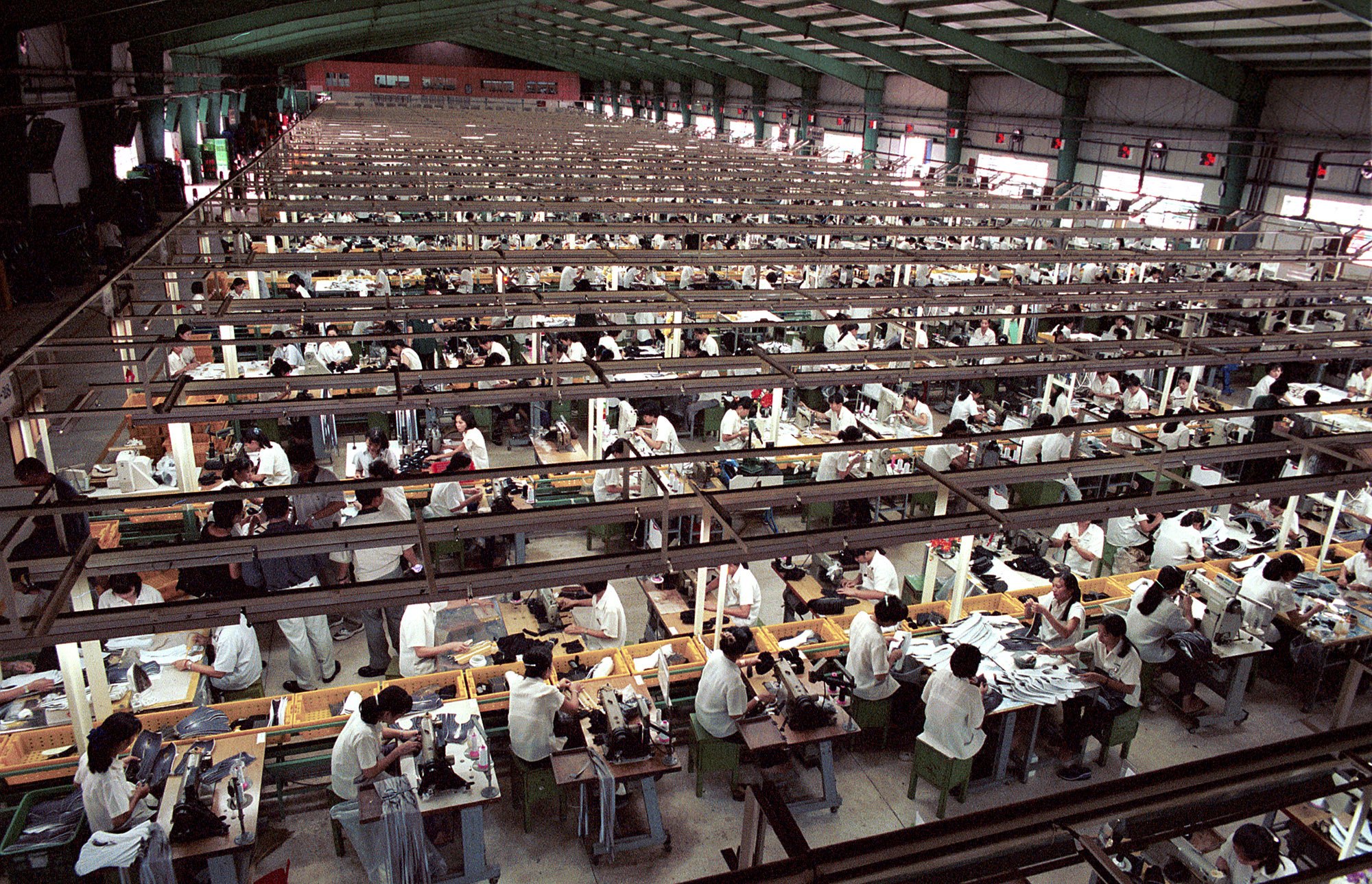
Orsola de Castro takes her daily inspiration from different fields, also from art and literature, but above all from the everyday life and from people that she meets: the stories of change and of positivity that she feels /sees inspire her in going ahead with her work, believing that the humanity has reached a turning point and that it is necessary to not be unprepared.
Speaking of how to involve people, she feels honored of having the opportunity of working with the young generations at the St. Martin’s Institute of London, because she sees in them a genuine curiosity: many designers ask her how they can be an active part of the revolution, but her message is not only for the workers of the sector, since she wants for Fashion Revolution to be seen as an avant-garde, able to change the world of fashion with creativity and activism. The little gestures such as buy more and more eco-friendly dresses are essential to demonstrate how much we care about this topic, because the clothes are the skin that we choose ourselves, and as a result they transmit a message, which in this case must be of change, in the name of quality and of a better world.
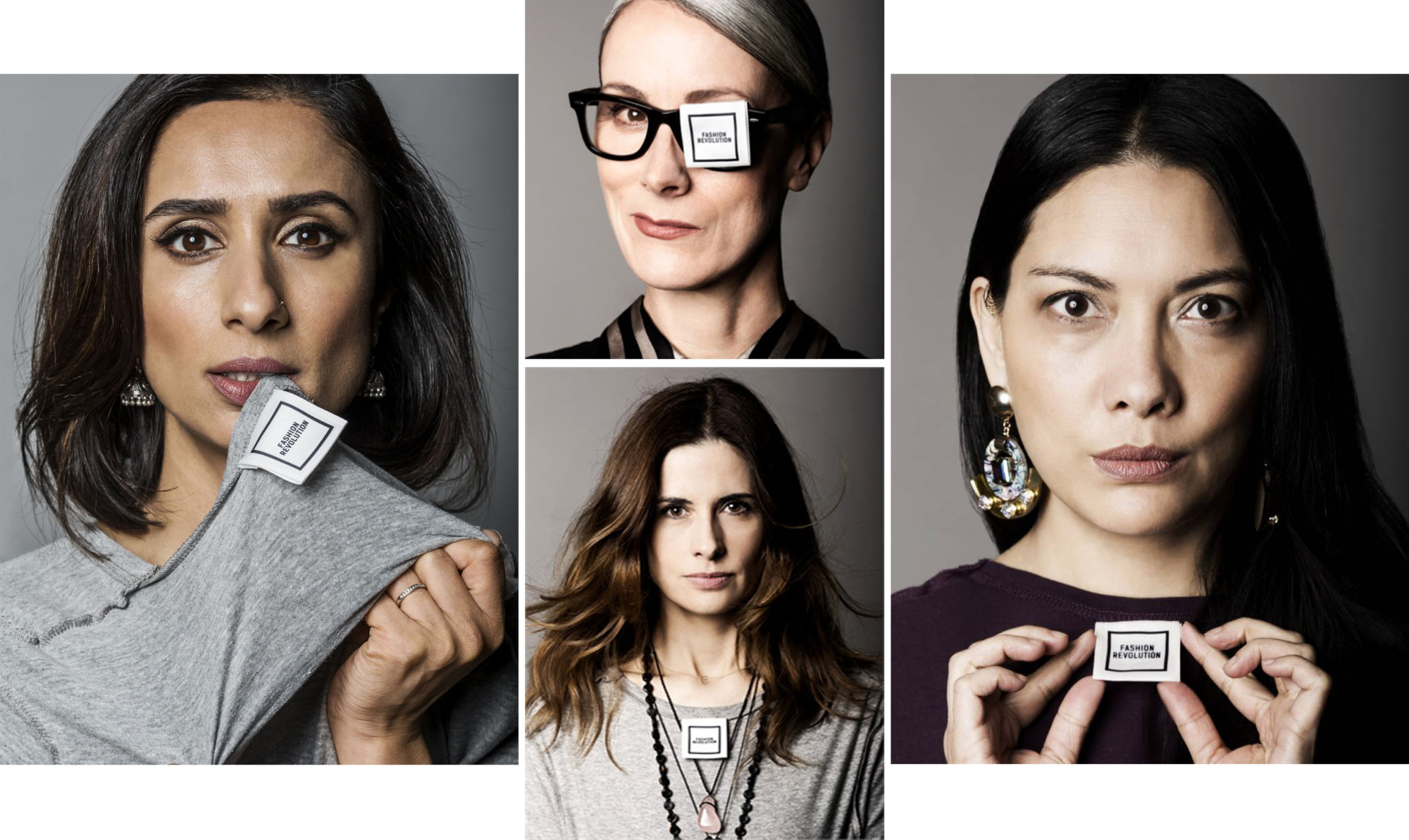
In the same occasion we had then the possibility of talking with Sarah Ditty and Heater Knight, two collaborators of Fashion Revolution:
the first one is responsible above all of two projects that will be out in 2017, “Fashion Transparency Indeex ” and “Garment Worker Diaries ” (in the next paragraph further information about the projects). Her dream is to rebuild a fashion industry that is now broken (she personally noticed this fact by verifying the quantity of clothes she had and that were not necessary, realizing she was too an active part in this big sector, not only for dimensions but also for the number of people involved) because its grow and globalization are/were too fast, and the sight of the welfare of the people working in this field got lost. She hopes to improve the environment and to stimulate people’s creativity.
The second one, Heater, is responsible principally for the communication with the brands, she checks the websites, the social networks and she is dedicated to the Fanzine (You will discover something more about it in the next paragraph): She was already working previously in the world of the communications but then she decided to be an active part of the Fashion Revolution also as a personal way of improvement, to change her view over clothes; she hopes that other people will do the same by keeping their diversity and their peculiarities.

Here a general presentation of the projects that are going to be launched and presented throughout 2017:
(For further information, we invite you to have look at the video and to visit their website)
- FASHION TRANSPARANCY INDEEX:Every brand must be transparent, especially when said transparency can save lives, the lives of those working in their factories; a great number of people whose safety and welfare are sometimes quite difficult to preserve, but their protection does not have to fail indeed, on the contrary it must be supported and preserved with still greater force. Moreover, the consumers have the right of knowing where what they buy comes from and by who it is made, in order to avoid abuses and exploitations. In support of this ideal, Fashion Revolution, in collaboration with Ethical Consumers, has launched the tag #whomademyclothes, to incentivize people’s curiosity so that they could ask the brands trough the social media who made their clothes, thereby forcing those brands to answer (they have already involved more than 40 of them); the answers are followed then by different controls in order to certify that they said the truth. Based on a method composed by 5 areas of inquiry, Fashion Revolution has been able to verify which are, among these 40 brand, the most transparent (e.g. Levi’s and H&M) and the less ones (for instance Chanel, Hermes and Forever 21); in the future the Fashion Revolution team hopes to get all the brands involved and collaborate to improve their ethics through the entire value chain.
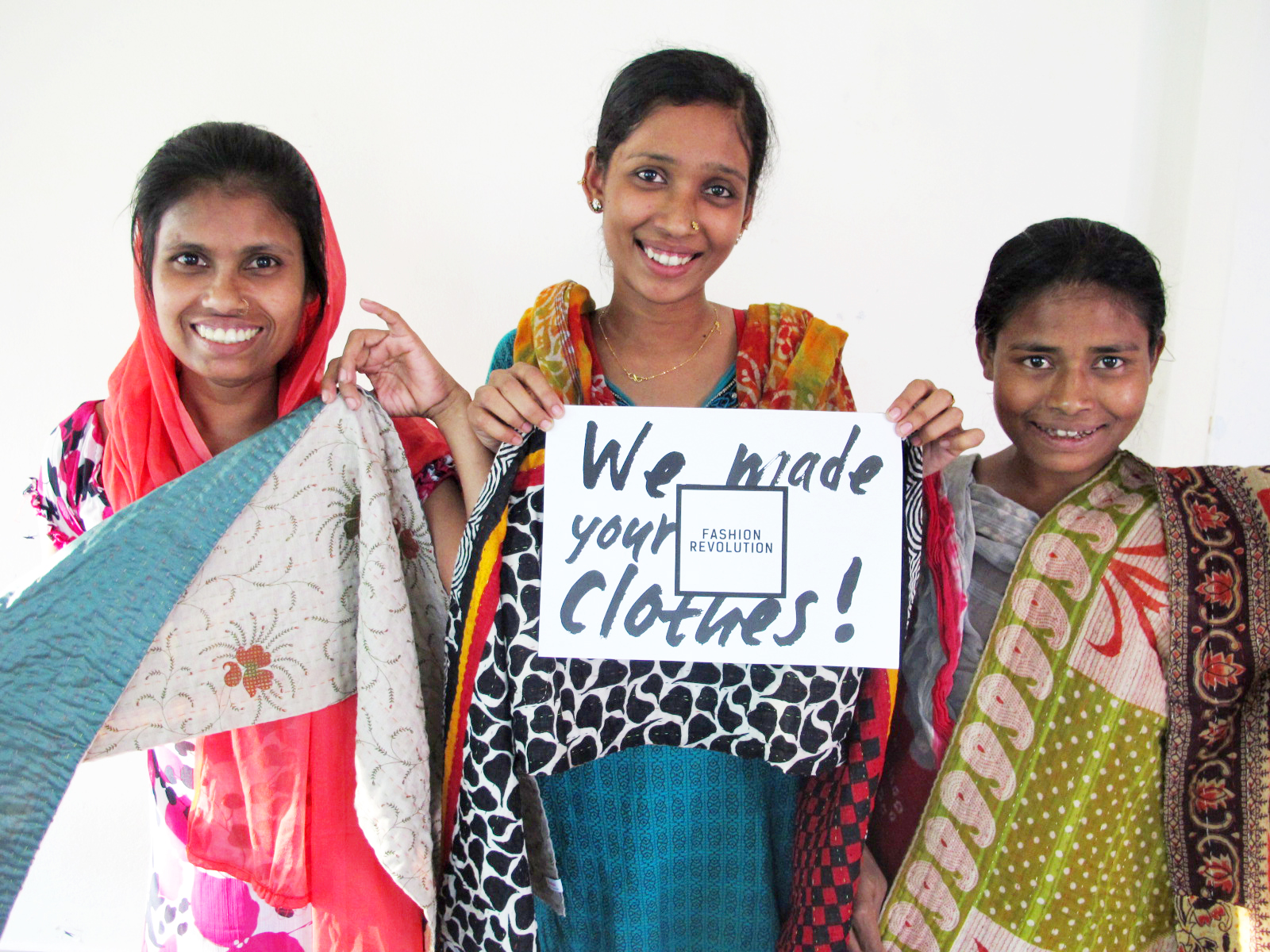
2) THE GARMENT WORKER DIARIES: It is based on a year of research (in collaboration with Microfinance Opportunities and with the support of the C&A Foundation) about the life of the workers in the fashion industries based in Bangladesh, India and Cambodia, with the purpose of improving and protecting their working condition. Often and unfortunately, these garment workers work 12 hours straight in very bad and unhealthy, receiving in exchange a wage under the minimum standard which, unable them to provide for themselves and their family. Interviews have been conducted in order to learn about their habits, and the costs and difficulties they face. All of this so to give a clear picture on what really happens inside and outside the factories, hoping in this way to show to both companies and consumers their effective conditions, and aiming to bring a positive and worldwide change. Several photos portraying the garment workers will accompany the research.
To keep updated about the developments of this research is fundamental; you will find further information here.
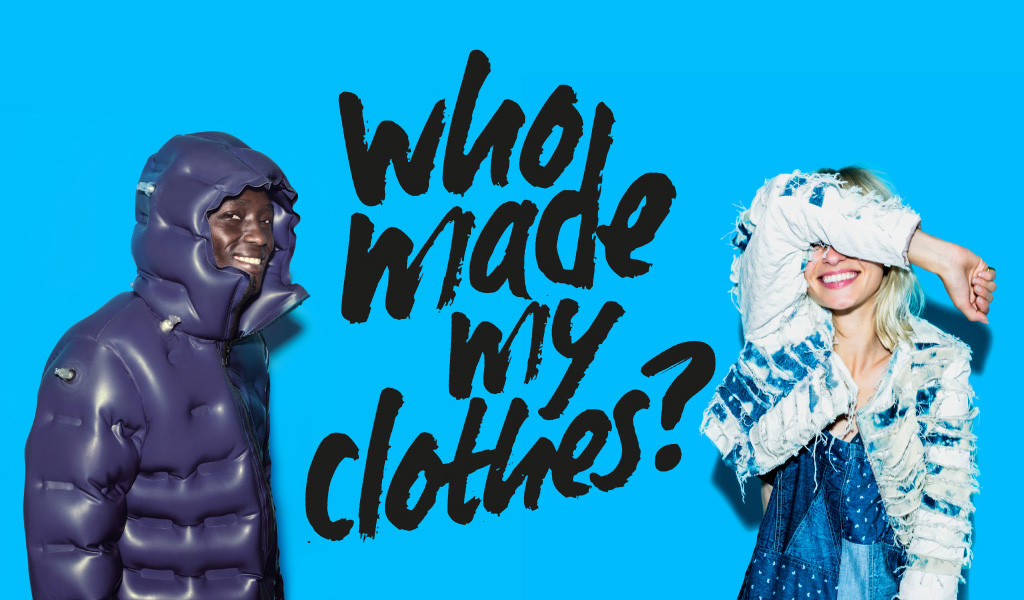
3) FANZINE: With a total 72 of pages, this magazine intends to explore the world of clothing and its industrial production, through games, illustrations, curiosity, photos, poetries and other contents! Some collaborators of this issue are Tyler Spangler, Alex Jenkins, Alec Doherty, Cléa Lala, Rozalina Burkova, Elyse Blackshaw, Chrissie Abbott, and many others coming from all around the world. Available starting this month, it costs 10.50 pounds, and the proceeds will be completely used to reach the goals of change that Fashion Revolution has set to itself from the beginning, and it will illustrate to the readers the project “The Garment Worker Diaries”.
More information are available here.
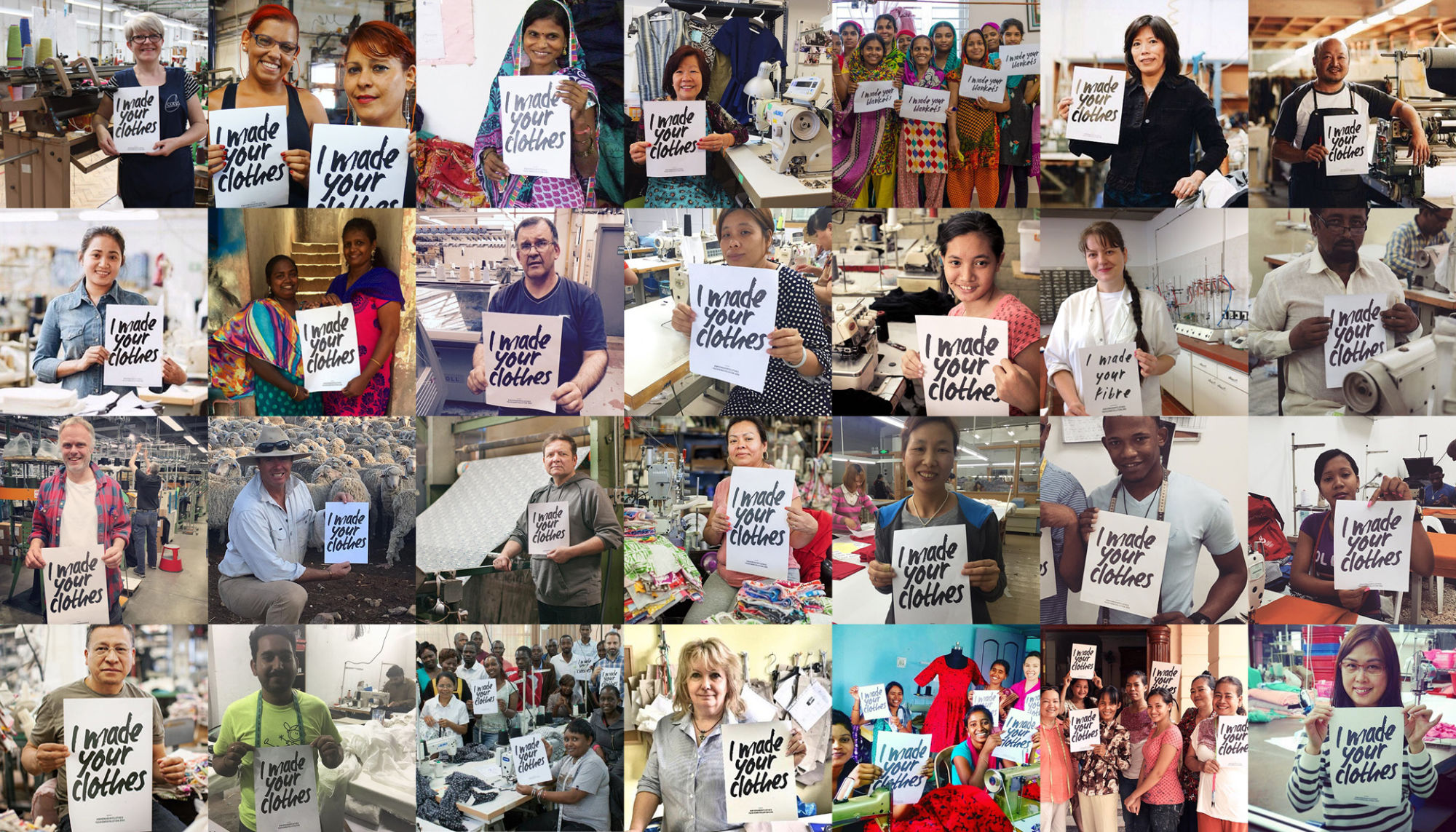
4) FASHION REVOLUTION WEEK: This year it falls right in same the day of the disaster in Bangladesh’s anniversary and it is a whole week during which people are involved/invited to ask the brands through the tag #whomademyclothes to show the workers who have made their clothes and in this way it is also possible to ask them after their conditions of life.
For more information about this and other future events also in others parts of the world, click here.
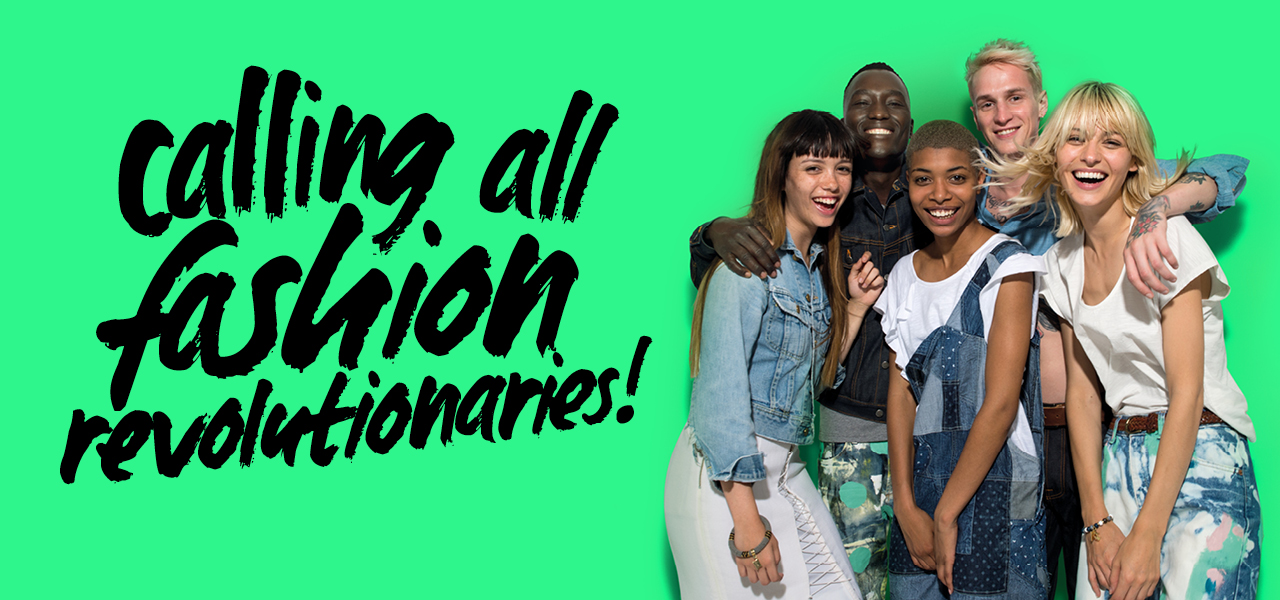
Everyone in his/her everyday life can do something in order to spread this message of positive change, in every factory and reality: first of all be curious, visit the Fashion Revolution’s website where you will find all the information you need to be part of the revolution: events and researches, donations, stories and testimonies, asserting your rights in the name of a better world, etc.; on your own you will be only a spark, but this spark will make a biggest light together with all those lighted up by others, until when we will obtain an absolute clarity, open to everyone and respectful of human life.
Only then the revolution will have reached its goal, becoming a daily, simple and personal norm, like the clothes that we buy: then be “Rebellious”, be aware, be a champion of the positive change, not only now, but also in the future, always.

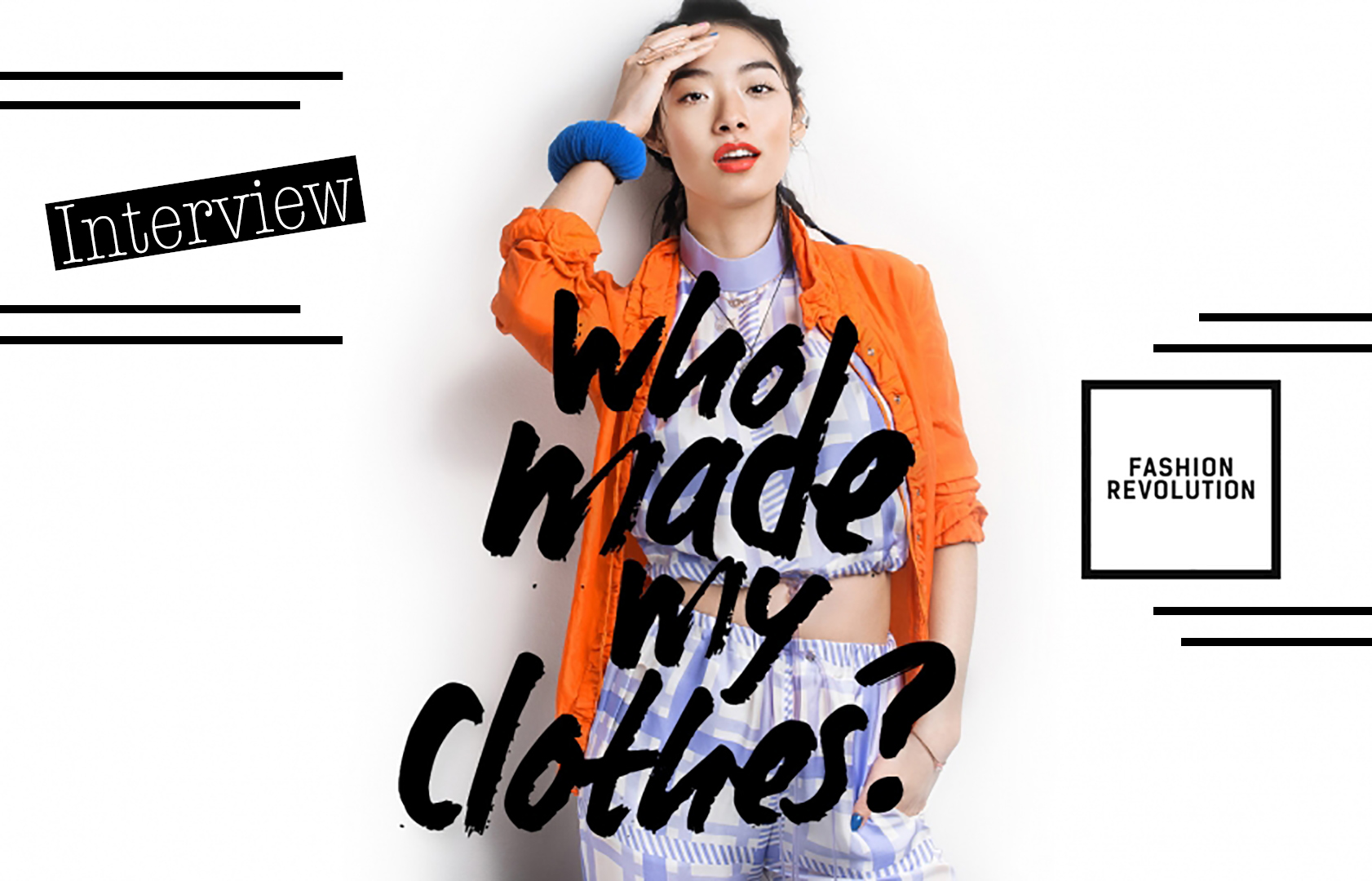


![Interview With Norbert Stumpfl [Executive Design Director of Brioni]: The Humanity of Creation](https://www.theitalianreve.com/wp-content/uploads/2023/06/EP_EDP_Essentiel_1-300x169.jpg)
